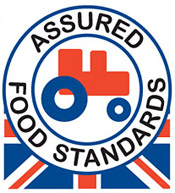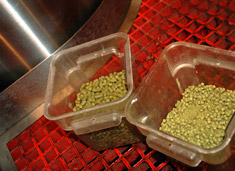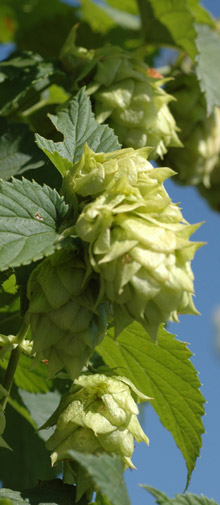 Red Tractor beer is not a brand in the UK (as opposed to the Palisade Red Truck IPA from Colorado), but a stamp that assures it is made only with British ingredients that have been checked for quality assurance.
Red Tractor beer is not a brand in the UK (as opposed to the Palisade Red Truck IPA from Colorado), but a stamp that assures it is made only with British ingredients that have been checked for quality assurance.
Wells and Young’s has become the first major brewer to promote the Red Tractor logo.
Red Tractor “is a food assurance scheme which covers production standards developed by experts on safety, hygiene, animal welfare and the environment amongst other things.”
Reacting to Wells and Young’s announcement all bottles of Young’s Bitter will carry the Red Tractor logo, Jonathan Tipples, vice chairman of Assured Food Standards said: “The Red Tractor logo signifies that the ale has been brewed in the UK using hops, malt and barley produced to high standards on the farm and checked by independent inspections.”
The current barley and hops crisis (both prices and availability) has reminded many drinkers of the historically strong links between brewers and farmers.
Head brewer at Wells and Young’s Brewery, Jim Robertson, said: “It is incredibly important to us that we work with our farmers and suppliers and knowing that every drop of Young’s Bitter will be made with Red Tractor approved ingredients is a strong provenance message for our consumers.”
 How much beer will those 10 tons of hops
How much beer will those 10 tons of hops  Jim Koch sent a big old hops valentine to smaller breweries on Thursday. Ten tons worth.
Jim Koch sent a big old hops valentine to smaller breweries on Thursday. Ten tons worth. Part of it is pure chance because several beer periodicals just hit the streets, but this seems to have been particularly dreary week for hops news.
Part of it is pure chance because several beer periodicals just hit the streets, but this seems to have been particularly dreary week for hops news.